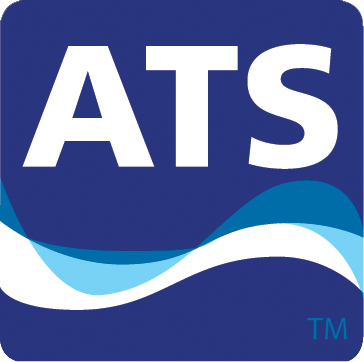In the United Sates, The Occupational Safety and Health Administration is responsible to enforce workplace health and safety regulations. With regard to safety showers and eyewash standards, the actual OSHA code found in 29 CFR 1910.151(c)reads, “where the eyes or body of any person may be exposed to injurious corrosive materials, suitable facilities for quick drenching or flushing of the eyes and body shall be provided within the work area for immediate emergency use.” Put simply, if a workplace involves the use, handling, transportation, or storage of injurious corrosive substances, suitable safety shower/eyewash equipment must be located within the immediate area where any potential exposure is possible.
In a nutshell, the actual language of the OSHA regualation requires equipment that is:
- Quick
- Drenching for Body
- Flushing for Eyes
- Immediately Available
While the above statute allows for broad interpretation on the part of OSHA inspectors, it is widely-accepted that the bar both for companies and for inspectors to reference is that of the 2009 revision of ANSI Z358.1. This standard helps define and clarify an otherwise ambiguous OSHA statute.
The term, “quick” is defined as flow which starts at the proper pressure and volume with no more than 1 second delay.
The ANSI-specified, and oft-quoted definition of “immediate” is 10 seconds reach from any potential exposure. This is often defined as a distance of 55 feet (16.7 m). Also, there cannot be any impediments to reaching the safety shower or eyewash. A locked door is considered an impediment. Having safety shower and eyewash equipment on a different level than the work space it is supposed to cover is also considered an impediment. Poorly lit equipment is not allowed and all safety signage must be in easily-recognized, symbol-based language. While many companies are coming to understand the importance of proper safety shower/eyewash equipment, most do not have “suitable” equipment within 10 seconds-reach of ALL POTENTIAL locations with potential exposure.
The requirement for “drenching” has been defined as a specific spray pattern under non-injurious pressure at 20 U.S. gallons (75.7 liters) per minute. For eyewashes, flushing is defined as a non-injurious pressure at .4 U.S gallons (1.5 liters) per minute.
Another important addition to the 2009 revision of ANSI Z358.1, is that safety shower and eyewash water must be in the “tepid” range. This is defined as being between 60°F and 100°F (15.6°C and 37.8°C).
Refer to http://webstore.ansi.org/RecordDetail.aspx?sku=ANSI%2FISEA+Z358.1-2009#.Ub-RIPnCbTo for more information.
While OSHA inspectors ultimately decide how to interpret and enforce the single paragraph statute regarding suitable safety shower and eyewash equipment for exposure to injurious corrosive materials, these ANSI guidelines are very helpful in making sure the basics are covered.
See Safeguarding: Are ANSI Standards Really Voluntary? by Joseph J. Lazzara for more information.
